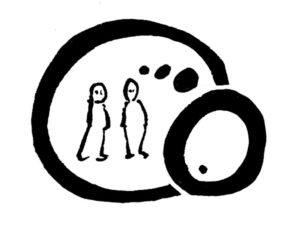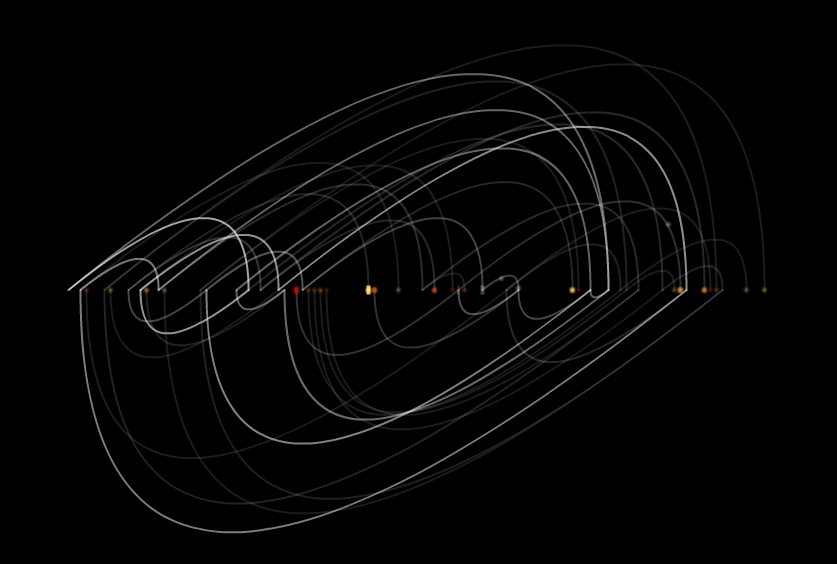Weil Spiel-Software in der Regel einfacher zu bewerben und zu verkaufen ist als ihre bildungstheoretische Reflexion, gelten „Game based Learning“ (GBL), „Playducation“, „Gamification“ und ähnliche Projekte als state of the art – auf Didaktikmessen und Konferenztagen gleichermaßen. In der aktuellen Auflage des vom New Media Consortium jährlich publizierten »Horizon Report«, dem Standardwerk zur Bildungstrendforschung, wird GBL als relevante Lernstrategie der nächsten zwei bis drei Jahre identifiziert.
Dass die theoretischen Konzepte bei einer allzu sorglosen Verquickung von Spiel und Lehre wenn nicht bis Platon so in der Regel doch auf behavouristische Wurzeln zurückreichen und so das Spiel auf ein bloßes Mittel zum Zweck reduziert wird, wird dabei gemeinhin ignoriert.
Ein besonderes Problem der Korrelation von Lernen, Bildung und Spielen liegt in der Eigenart der Deutschen Sprache, nicht ohne weiteres zwischen regelgeleitetem Spiel und innovativem bzw. explorativem Spiel zu unterscheiden. So bedeutet im Englischen „gaming“ die Akzeptanz eines absolut bindenden Bezugssystems aus Regeln und Narrationen, um am Spiel teilnehmen und es ggf. gewinnen zu können, während „playing“ oder „toying“ eine schöpferische Umdeutung bzw. Umreglementierung eines Wirklichkeitsaspekts vorangeht, um damit bzw. darin dann spielen zu können. Dies sind keine Gegensätze, sondern gegenseitige Ergänzungen, sichtbar z.B. im kindlichen Rollenspiel, wenn sich Phasen des gemeinsamen Aufstellen oder Modifizieren von Regeln und Deutungen abwechseln mit solchen der Unterordung des Handelns darunter. Wenn beim Vater-Mutter-Kind-Spiel auf den Ausruf „Du darfst das nicht, du bist die Mutter!“ die Entgegnung folgt „Darf ich wohl, gerade weil ich die Mutter bin!“, dann stecken die Spieler mitten im Wechsel zwischen kreativem Metaspiel und konservativem Regelspiel. Weiterlesen


 Jede Spielentwicklung verläuft anders, aber ich versuche hier mal ein Beispiel zu geben, wie sich meine Spielidee um eine weitere
Jede Spielentwicklung verläuft anders, aber ich versuche hier mal ein Beispiel zu geben, wie sich meine Spielidee um eine weitere 




